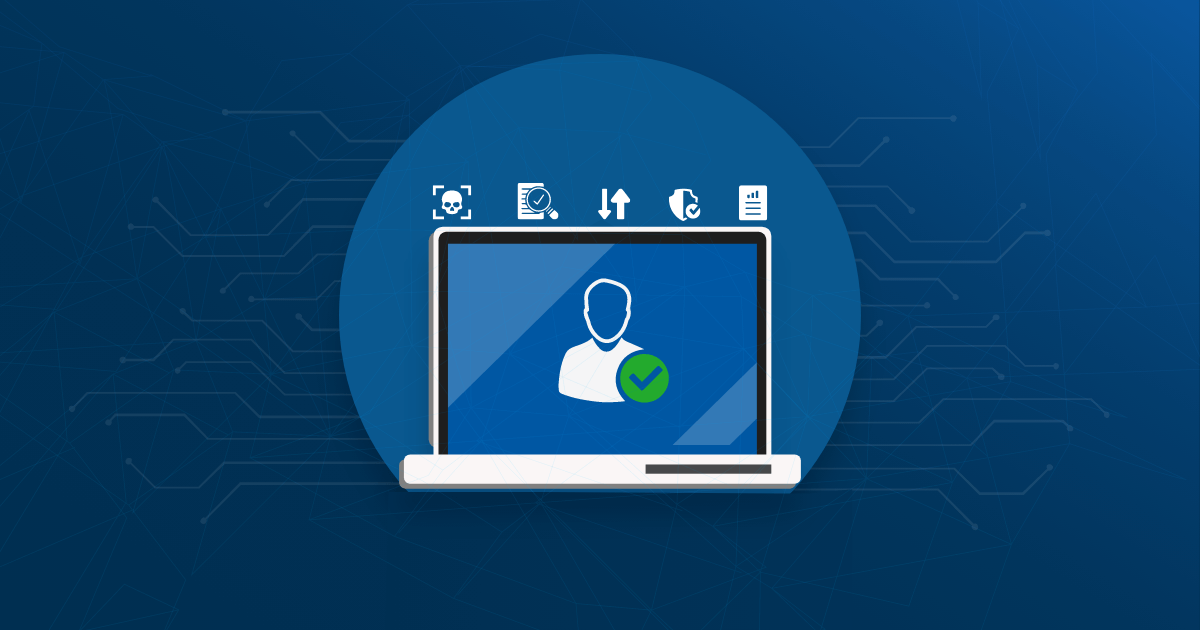Cybercriminals are always looking for security weaknesses to steal sensitive and confidential information. Especially in software development environments, IT security admins come across unexpected software flaws which might be potentially dangerous to the organizations. Therefore, IT security admins must always be alerted and work endlessly to detect and remediate security vulnerabilities that can affect them. Now that becomes an inhumane task if IT security teams are to manage hundreds and thousands of IT assets.
A good security vulnerability management program helps IT security admins track software vulnerabilities, misconfigurations, unauthorized assets, shadow IT, malicious processes, and more.
This article will enlighten you on tackling security vulnerabilities with a good security vulnerability management program.
What Are Security Vulnerabilities?
Security vulnerabilities are the unintended characteristics of computing systems with software bugs and loopholes in all the layers, like infrastructure, applications, and networks. Security vulnerabilities multiply the risk of exploitation if they are accidentally exposed to cybercriminals. With this definition, we can prevent security vulnerabilities through constant firmware updates, reconfigurations, software patches, and more.
What is Security Vulnerability Management?
Security vulnerability management is identifying, detecting, prioritizing, and remediating security weaknesses such as misconfigurations, broken authentication, and more to minimize the organization’s attack surface.
One such security vulnerability we encountered was Log4shell, with a severity of 10 out of 10, which sent shockwaves to the IT ecosystem. Hence, you need a good security vulnerability management program to combat emerging security vulnerabilities in your IT ecosystem to avoid highly critical cyberattacks.
Factors Contributing to a Successful Security Vulnerability Management Program
Ongoing continuous and automated security vulnerability scans
As software development takes place day by day, vulnerabilities also emerge with the development. Hence, continuous and automated vulnerability scans will help detect vulnerabilities daily, and IT security admins can instantly take action to remediate them. This way, the development cycle, and security go together, bringing down the burden on IT security admins to manage vulnerabilities.
Prioritize security vulnerabilities
Remediating every other vulnerability without prioritization is not the right thing to do. It is best to categorize the security vulnerabilities based on severity. More priority must be given to the critical vulnerability for further remediation.
Along with CVSS scores, customization of prioritization is vital, like risk-based analysis, availability of exploits, and more. By gauging the criticality of the risk, you must be able to patch the high-severity risk immediately. In this way, you can maintain your security posture upright.
Leverage access to vast security intelligence feed
Collective threat intelligence helps to detect security vulnerabilities accurately without producing false positives. Hence, leverage support or build a good security intelligence feed with numerous security checks.
Instant remediation of security vulnerabilities
Detecting and prioritizing security vulnerabilities is one side, and remediating is the other. To break the bridge between detection and remediation, you must have integrated vulnerability management with patching. It will eventually help to remediate prioritized security vulnerabilities instantly.
Unified console and comprehensive reports to analyze vulnerabilities
A unified console helps to analyze vulnerability data precisely. Also, the vulnerability dashboards convey the status of the current security posture of your organization. In addition, dashboards provide comprehensive and insightful reports to draw clear visibility over the attack surface and eliminate bulky and hard-to-read reports.
Final Thoughts
Every change to your network opens a new opportunity for cybercriminals to slip into your network. Hence, protect your organization with a good security vulnerability management program and combatting different security vulnerabilities.

